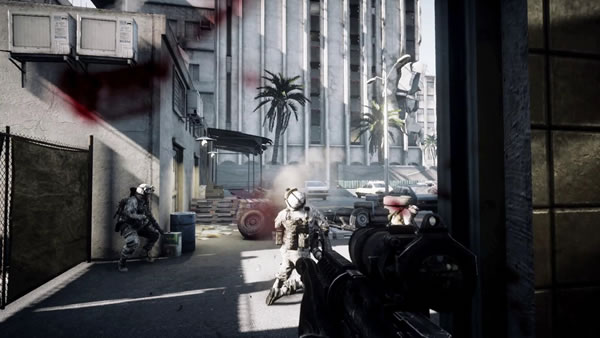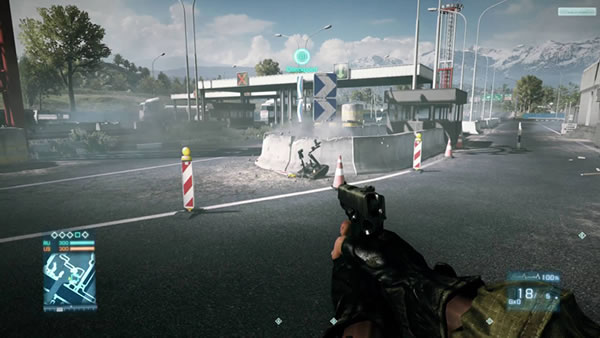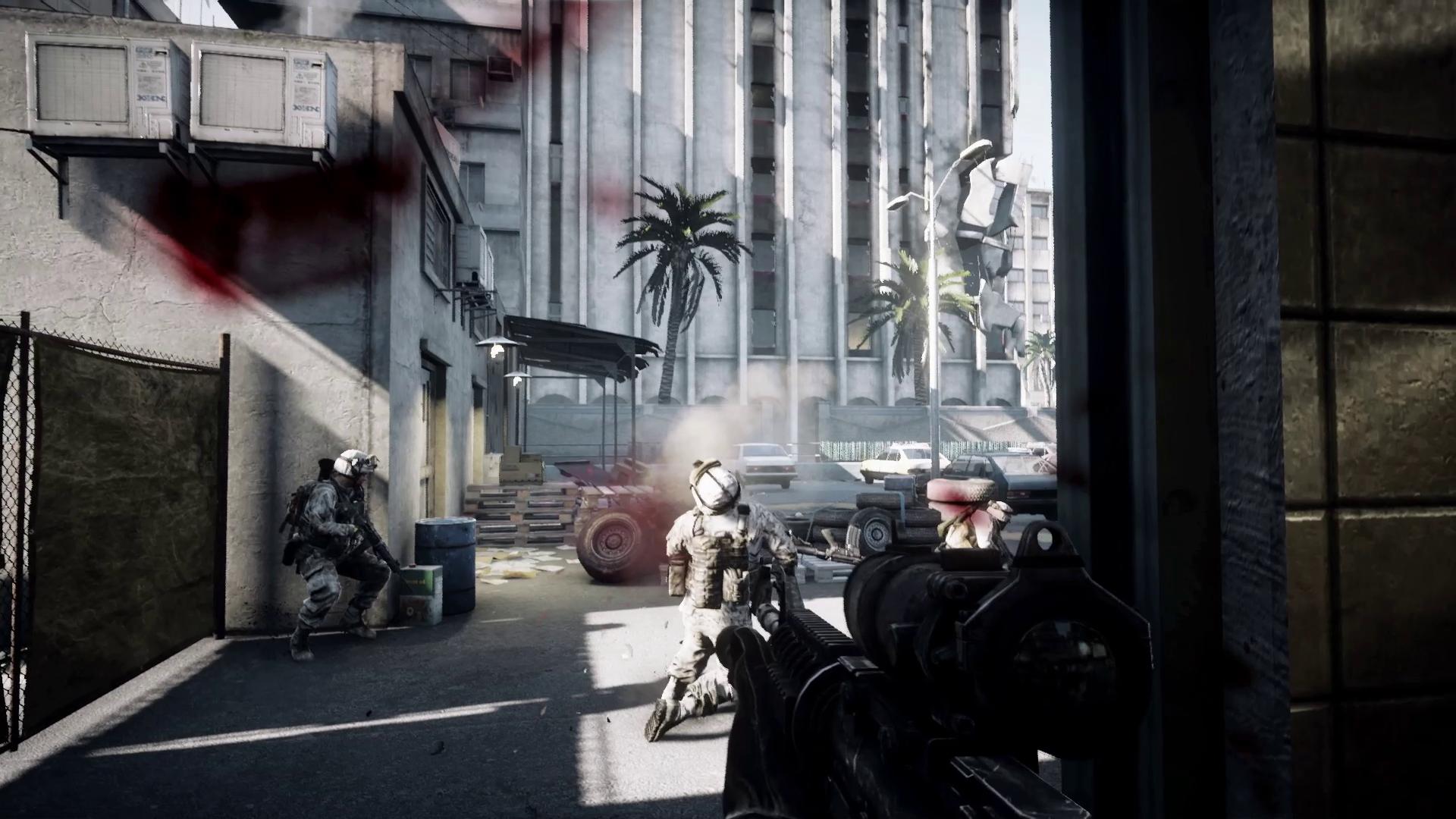Conclusion
While some things have changed since we tested the Battlefield 3 beta a month ago, overall the performance trends were very much the same.
Being blatant for a second, the Radeon performance both sucked and impressed. Both AMD and Nvidia supplied us with their own version of a "reviewers guide" for Battlefield 3 along with their latest drivers.
Nvidia didn't bother to compare their products to AMD's when putting together their reviewers guide. AMD, on the other hand, included extensive testing putting products from both companies head to head. That testing cast the Radeon series in a good light, however we found it odd that in virtually every test AMD used the Ultra settings but with MSAA completely disabled.

When we started testing on our own it became apparent why AMD did this. With MSAA enabled the performance sharply declines with Radeon boards and previous generation Nvidia products make AMD's current generation hardware look foolish. However disabling MSAA allows AMD to catch up to Nvidia, as you saw in our High quality 1680x1050, 1920x1200 and 2560x1600 tests.
Without MSAA the Radeon HD 6970 looks far more impressive, as it was able to match the GeForce GTX 580 while setting you back 27% less. The same can be said about multi-GPU setups which saw the Radeon HD 6970 Crossfire cards mimic the performance of the GeForce GTX 580 SLI configuration.

In short, AMD users should avoid using the MSAA setting unless they have a top notch Crossfire setup. On the other hand, owners of GeForce GTX 580 and GTX 570 graphics cards can afford to enable MSAA at resolutions up to 1920x1200. It's a small visual compromise, as I personally find the MSAA setting to add a certain degree of polish but not nearly enough to justify the big performance drop in AMD boards. You'll be happy to live without it.
On the CPU side of things, we found that Battlefield 3 is not nearly as CPU demanding as many have made it out to be. Previously tested games, such as Hard Reset, Deus Ex: Human Revolution, The Witcher 2 and Crysis 2, saw a massive difference in performance between dual and quad-core processors. For example, in Deus Ex dual-cores were 43% slower than their quad-core counterparts. Battlefield 3 on the other hand delivered similar frame rates with a decent dual-core as it did with a quad.
Having that said, we prefer the peace of mind of the quad-core as the game will max out a Phenom II X2. According to our tests a Phenom II X4, FX-4000 series CPU and even the Athlon II X4 will provide very similar performance with the same level of CPU utilization.
On that same note, we were surprised by the average performance of the FX-4100 (for a quad-core) or the 8-threaded FX-8150, which appeared to be considerably less efficient than the Core i7-2600K. As we recently found out when testing AMD's new Bulldozer CPUs, the Core architecture of the Sandy Bridge processors remain faster and more efficient and this was again evident when testing with Battlefield 3.
